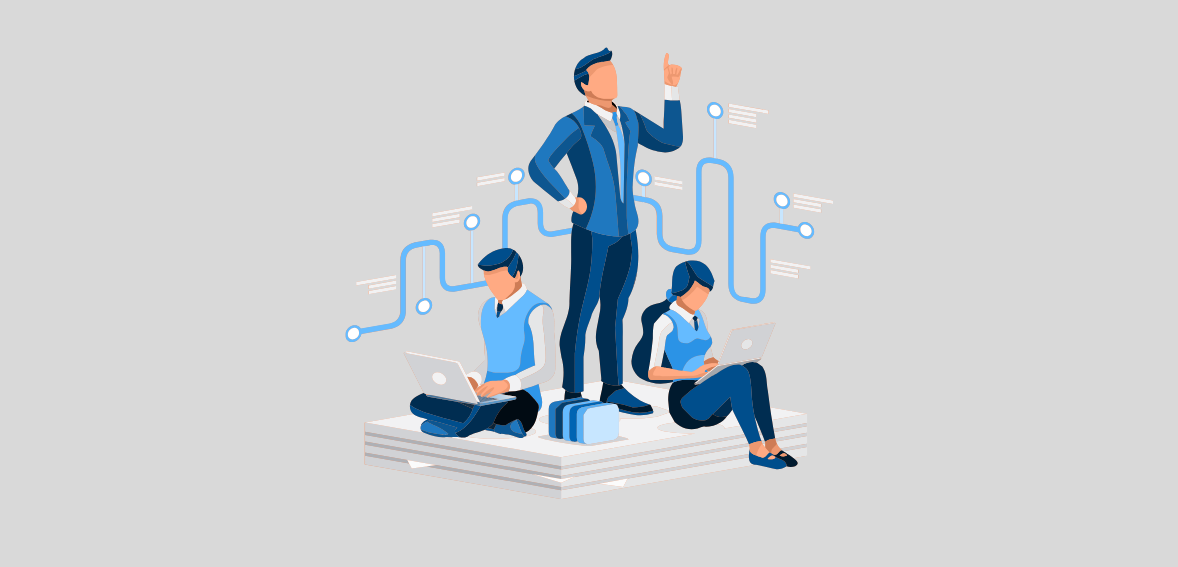In today’s rapidly evolving technological landscape, businesses and individuals increasingly rely on digital processes to stay competitive and efficient. While terms like “digitization” and “digitalization” are often used interchangeably, they represent different concepts with distinct implications. Understanding the differences between digitization vs digitalization is crucial for any organization embarking on a digital transformation journey.
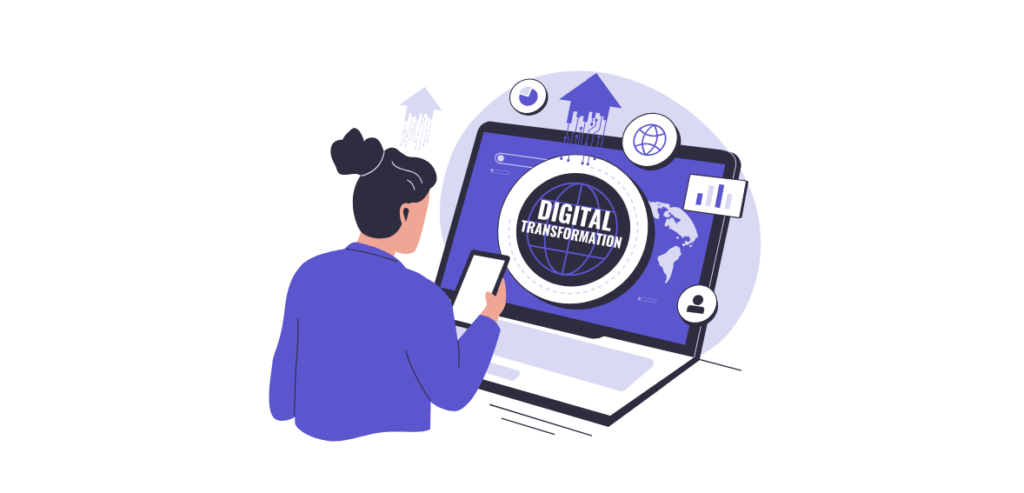
Digitization refers to the process of converting analog information into digital form. This includes scanning paper documents into digital files, converting physical photographs into image files, and transcribing audio recordings into text. In essence, digitization makes static, physical media machine-readable.
For example, converting a paper invoice into a PDF file or storing medical records as electronic health records (EHRs) instead of in physical folders are acts of digitization.
Pros:
- Improved Accessibility: Digital files are easier to store, search, and retrieve.
- Space Saving: Physical storage requirements are reduced.
- Preservation: Digital files can be preserved indefinitely without the degradation associated with physical media.
- Faster Sharing: Files can be easily transmitted electronically.
- Cost Efficiency: Reduces costs associated with printing, paper, and physical storage.
Cons
- Initial Costs: Hardware and software for scanning and storage can be expensive.
- Security Risks: Digital files are vulnerable to cyberattacks and data breaches.
- Data Loss: Without proper backups, digitized data can be lost due to hardware failure.
- Limited Functionality: Simply digitizing data does not inherently improve workflows or processes.
Use of Digitization in Businesses
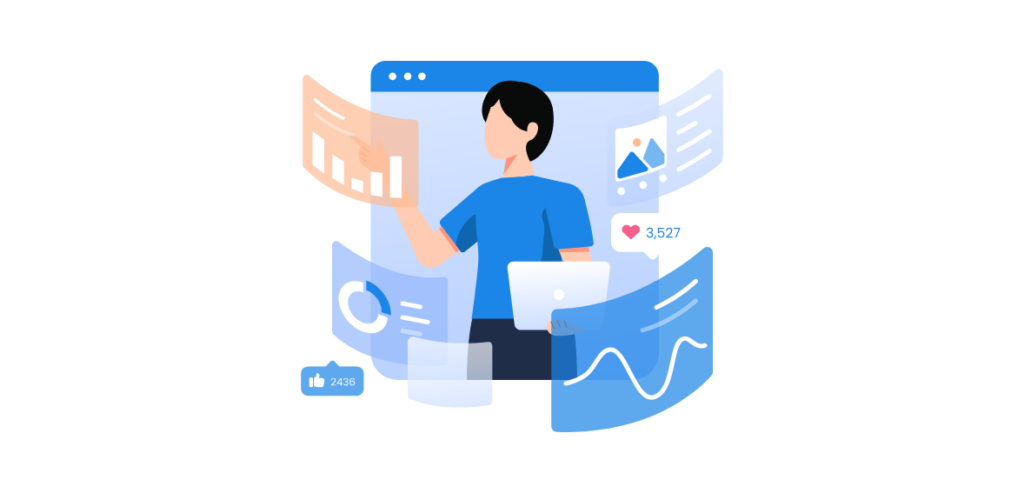
Businesses use digitization to streamline operations and manage information more effectively. Examples include:
- Document Management: Scanning contracts, invoices, and internal documents for easier access and organization.
- Customer Records: Digitizing customer information for more efficient service and marketing.
- Inventory Tracking: Using barcodes and digital systems to monitor stock levels.
- Finance: Transitioning from paper-based accounting to digital bookkeeping and invoicing.
Digitization lays the foundation for more advanced digital capabilities, which leads us to the concept of digitalization.
What is Digitalization?
Digitalization is the process of using digital technologies to change business models and provide new revenue and value-producing opportunities. It involves rethinking operations, improving customer experience, and leveraging data insights to make better decisions. Unlike digitization, which is about data conversion, digitalization transforms processes and functions.
For instance, using analytics to understand customer behavior or implementing an automated supply chain management system are examples of digitalization. It encompasses a shift from manual and paper-based operations to dynamic, technology-driven solutions.
A Digitalization Approach to Flagging, Tracking, and Resolving Issues in the Field
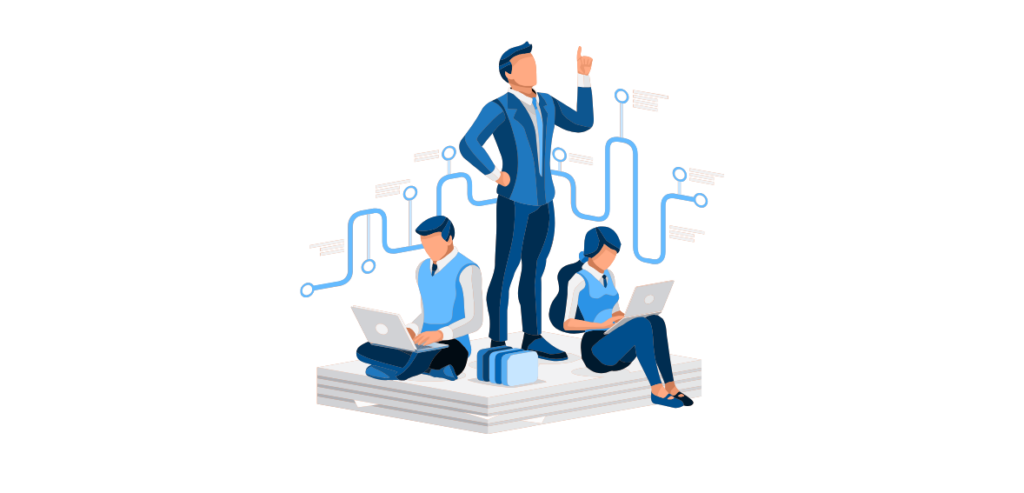
In industries such as construction, utilities, or manufacturing, digitalization can significantly improve issue management in the field. A digital approach includes:
- Flagging Issues: Mobile apps allow field workers to report issues in real time using photos, videos, and descriptions.
- Tracking: Cloud-based dashboards track the status of reported issues, assign them to relevant personnel, and update stakeholders in real-time.
- Resolution: Integrated systems help prioritize and resolve issues efficiently, minimize downtime, and enhance accountability.
This approach not only speeds up problem-solving but also provides a data trail for performance analysis and continuous improvement.
Main Differences Between Digitization vs Digitalization
| Feature | Digitization | Digitalization |
|---|---|---|
| Definition | Converting analog data to digital form | Using digital technology to transform business processes |
| Purpose | To preserve and make data accessible | To improve efficiency and value through technology |
| Focus | Data conversion | Process and business transformation |
| Scope | Limited to converting physical media | Broad, includes full-scale operational change |
| Tools Used | Scanners, OCR, digitization software | AI, IoT, big data, cloud platforms, automation tools |
| Examples | Scanning paper documents, digitizing VHS tapes | CRM automation, smart factory integration |
| Outcome | Static digital files | Dynamic, intelligent, and automated systems |
| Benefit | Easier data access and reduced physical storage | Enhanced decision-making and customer experiences |
| Limitations | Does not change workflows | Requires strategic planning and investment |
| Dependency | Prerequisite for digitalization | Builds upon digitized assets |
Digitization vs Digitalization Examples

Digitization Examples (Expanded):
- Medical Records: Scanning handwritten medical charts and storing them in electronic health record (EHR) systems.
- Library Archives: Converting old newspapers, manuscripts, and books into searchable digital formats.
- HR Documentation: Digitizing employee resumes, performance reviews, and onboarding documents.
- Photography: Scanning printed photos into digital image files for easier sharing and storage.
- Legal Files: Transforming physical legal contracts into searchable PDFs for quick retrieval.
Digitalization Examples (Expanded):
- Smart Manufacturing: Implementing IoT sensors on machinery to collect real-time data and trigger maintenance alerts.
- Retail Personalization: Using data analytics and AI to recommend products to customers based on their browsing history and preferences.
- E-Government Services: Allowing citizens to apply for licenses or access tax information online via digital platforms.
- Virtual Healthcare: Enabling patients to consult doctors via video conferencing and access prescriptions through digital portals.
- Digital Supply Chain: Automating procurement, tracking shipments in real-time, and optimizing inventory using AI-powered platforms.
These examples highlight how digitization focuses on converting materials into digital formats, while digitalization builds upon those assets to optimize, automate, and enhance business operations.
Digital Transformation for Business: The Process to Digitize

Digital transformation is a broader concept that encompasses both digitization and digitalization. The process includes:
- Assessment: Understanding current processes and identifying areas for improvement.
- Digitization: Converting analog assets into digital formats.
- Integration: Implementing digital tools and platforms to improve workflows.
- Optimization: Using data analytics to refine and enhance operations.
- Innovation: Leveraging technology for new business models and services.
Digital transformation is not a one-time event but a continuous journey driven by technology and customer expectations.
Importance of Digital Transformation for Businesses
- Enhanced Efficiency: Automation reduces manual effort and errors.
- Better Decision-Making: Data-driven insights enable informed strategies.
- Improved Customer Experience: Personalized services and faster response times boost satisfaction.
- Increased Agility: Businesses can adapt more quickly to market changes.
- Competitive Advantage: Early adopters can outpace competitors in innovation and service delivery.
In today’s digital age, businesses that fail to embrace transformation risk becoming obsolete.
Latest Trends in Digitization and Digitalization
The landscape of digitization and digitalization continues to evolve rapidly. Modern businesses are embracing innovative technologies to not only convert analog data into digital formats but also to fundamentally reshape their operations. Here are some of the most significant trends driving these transformations today:
1. Artificial Intelligence (AI) and Machine Learning (ML)
AI and ML are enabling systems to learn from data and improve over time. From predictive analytics in sales forecasting to chatbots handling customer service, AI-powered tools are a central part of digitalization. These technologies can analyze massive volumes of digitized data, identify patterns, and make intelligent decisions, often faster and more accurately than humans.
Use cases include:
- Customer sentiment analysis
- Fraud detection
- Predictive maintenance in manufacturing
- Personalized marketing
2. Cloud Computing and Storage Solutions
Cloud technology supports the storage and access of digitized data from anywhere in the world, enabling global collaboration. Cloud platforms like AWS, Microsoft Azure, and Google Cloud provide scalable infrastructure for digital tools, allowing businesses to adapt quickly without significant hardware investments.
Key benefits:
- Remote access to digital files
- Reduced IT infrastructure costs
- Better disaster recovery solutions
- Integration with other digital tools and platforms
3. Internet of Things (IoT)
IoT is playing a transformative role in digitalization by connecting physical devices to the internet. These devices collect data in real-time and feed it into digital systems for analysis and action.
Applications:
- Smart factories with real-time machine monitoring
- Intelligent energy management in buildings
- Connected medical devices for remote patient monitoring
- Logistics optimization using GPS and telematics
4. Robotic Process Automation (RPA)
RPA involves using software robots to automate repetitive tasks like data entry, processing transactions, or managing emails. This trend is helping companies digitize operational workflows and reduce reliance on human labor for routine tasks.
RPA is being used in:
- HR onboarding processes
- Financial reconciliation
- Compliance reporting
- Customer service ticketing systems
5. Low-Code/No-Code Development Platforms
To keep pace with digital demands, many businesses are turning to low-code and no-code platforms that allow users to build applications with minimal programming knowledge. These platforms empower business users to digitize workflows and launch digital services quickly.
Popular tools include:
- Microsoft Power Apps
- OutSystems
- Appgyver
- Bubble.io
6. Blockchain Technology
Blockchain ensures secure, immutable records of transactions. While it’s best known as the underlying tech for cryptocurrencies, blockchain is finding applications in supply chain transparency, digital identity verification, and smart contracts.
Benefits include:
- Enhanced data security
- Transparent audit trails
- Reduction in fraud and counterfeiting
7. Edge Computing
Edge computing processes data closer to the source (e.g., a manufacturing sensor or a retail kiosk) rather than sending everything to the cloud. This results in lower latency and faster responses, making it ideal for real-time applications.
Edge computing enhances:
- Real-time data analytics
- Industrial automation
- Autonomous vehicles
- Smart city infrastructure
8. Digital Twins
Digital twins are virtual replicas of physical systems or products. Businesses use them to simulate, predict, and optimize real-world performance. For instance, a manufacturer might create a digital twin of a factory to test process improvements without disrupting operations.
Benefits include:
- Predictive maintenance
- Product lifecycle management
- Improved design and testing
9. Cybersecurity Enhancements
As digitization grows, so does the importance of protecting digital assets. Cybersecurity has become a critical focus, with trends emphasizing:
- Zero Trust architecture
- AI-based threat detection
- Multi-factor authentication (MFA)
- End-to-end encryption
10. Sustainable Digitalization (Green IT)
Organizations are increasingly considering the environmental impact of their digital transformation strategies. Sustainable digitization focuses on energy-efficient hardware, cloud data centers powered by renewable energy, and eco-friendly digital processes.
Initiatives include:
- Paperless workflows
- Sustainable coding practices
- Data center optimization for lower energy use
These trends are reshaping how organizations digitize and digitalize their operations.
Risks and Opportunities of Converting Data to Digital Format
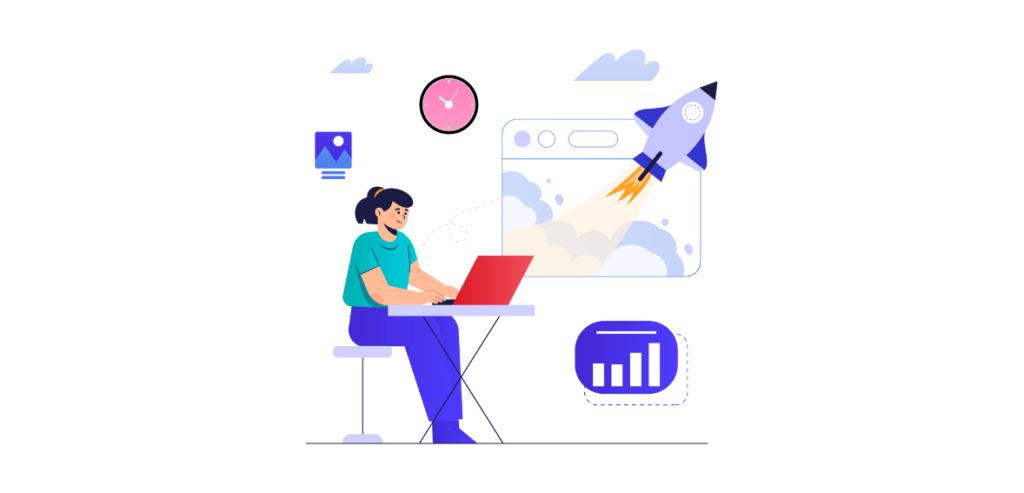
Opportunities:
- Data Centralization: Easier access and management.
- Advanced Analytics: In-depth insights from digital data.
- Collaboration: Enhanced sharing and teamwork across departments.
- Scalability: Digital systems grow with business needs.
Risks:
- Cybersecurity Threats: Data breaches and ransomware attacks.
- Compliance Issues: Mishandling of data can lead to legal repercussions.
- Data Integrity: Inaccurate or incomplete digitization can compromise decisions.
- Technological Dependence: Over-reliance on digital tools can be risky if systems fail.
Conclusion
While digitization and digitalization are closely related, they serve different purposes in a business’s journey toward digital transformation. Digitization is the necessary first step that makes data accessible in digital format, while digitalization leverages that data to innovate and improve business processes. Together, they form the backbone of modern, agile, and competitive organizations. By understanding and implementing both effectively, businesses can unlock significant value, stay ahead of technological trends, and thrive in the digital era.

